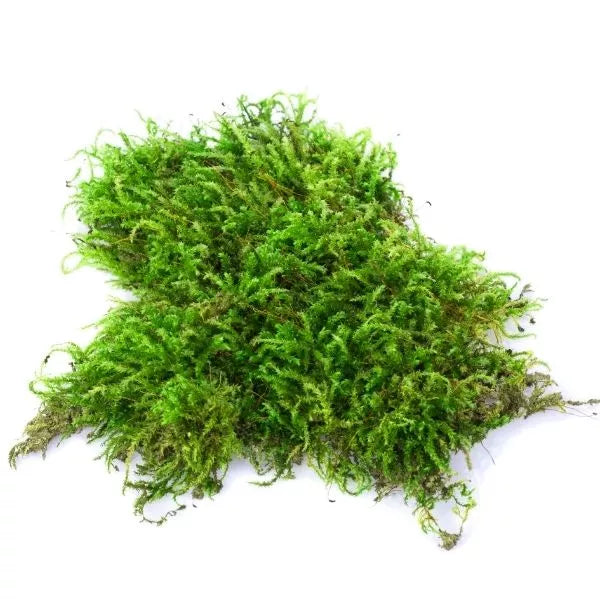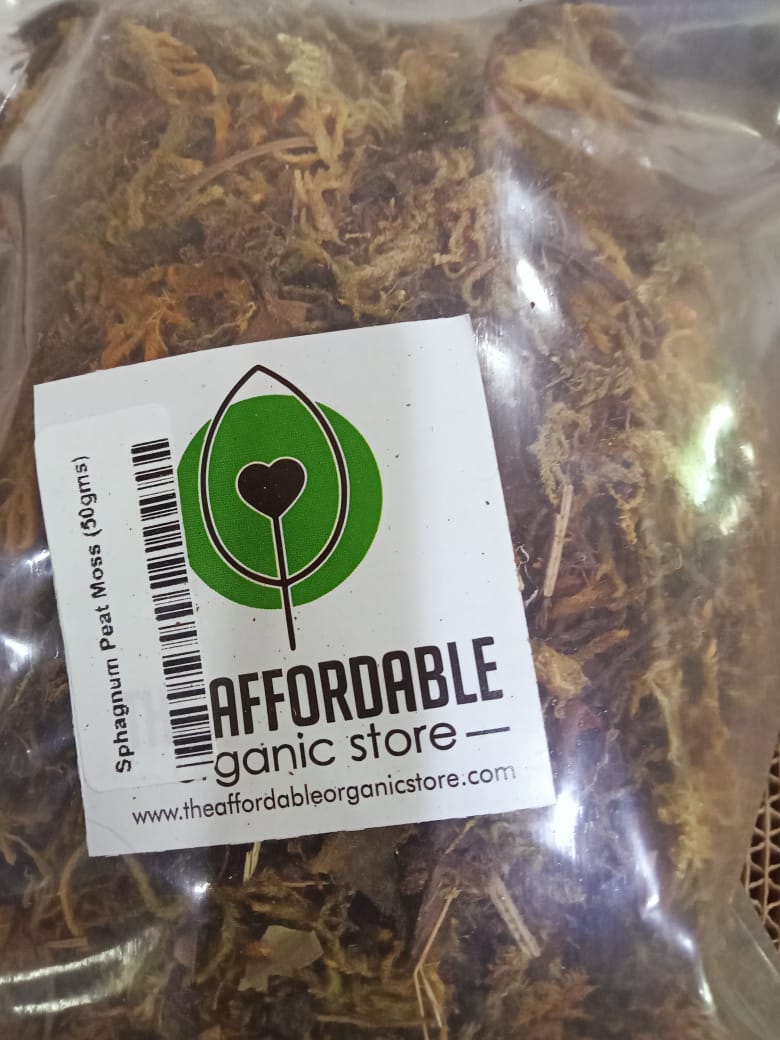Description
Peat mosses form dense clumps around ponds, in marshlands and bogs, on moist acidic highlands, and on lakeshores from tropical to subpolar regions. Sphagnum can influence the composition of such habitats, with some describing sphagnum as 'habitat manipulators'. Also, check out our workshops for more details.
MADE OF
The dead, decayed plant matter of sphagnum moss that settles at the bottom of the sphagnum bogs.
HOW TO USE
- Apply sphagnum peat moss in a 2 – 3 inch layer in your garden, and incorporate it into the top 12" of soil.
- For containers and raised beds, use between 1/3 and 2/3 peat moss in your potting soil mix or compost.
- To use for starting seeds, you can mix it 50/50 with perlite, or 1/3 each of peat moss, perlite, and a soilless mix such as Quickroot. Sphagnum does not contain sufficient nutrients of its own so you will need to fertilize your starts regularly with a liquid, such as with Liquid Fish.
BENEFITS
Excellent for boosting water retention in your soil. It can hold up to 20 times its weight in water. Good for holding onto nutrients in the soil. Good source of organic substance, which will gradually degrade over a year or two to feed your soil.
Other names : Sphagum moss,spanish moss,poat,sphangnum moss





